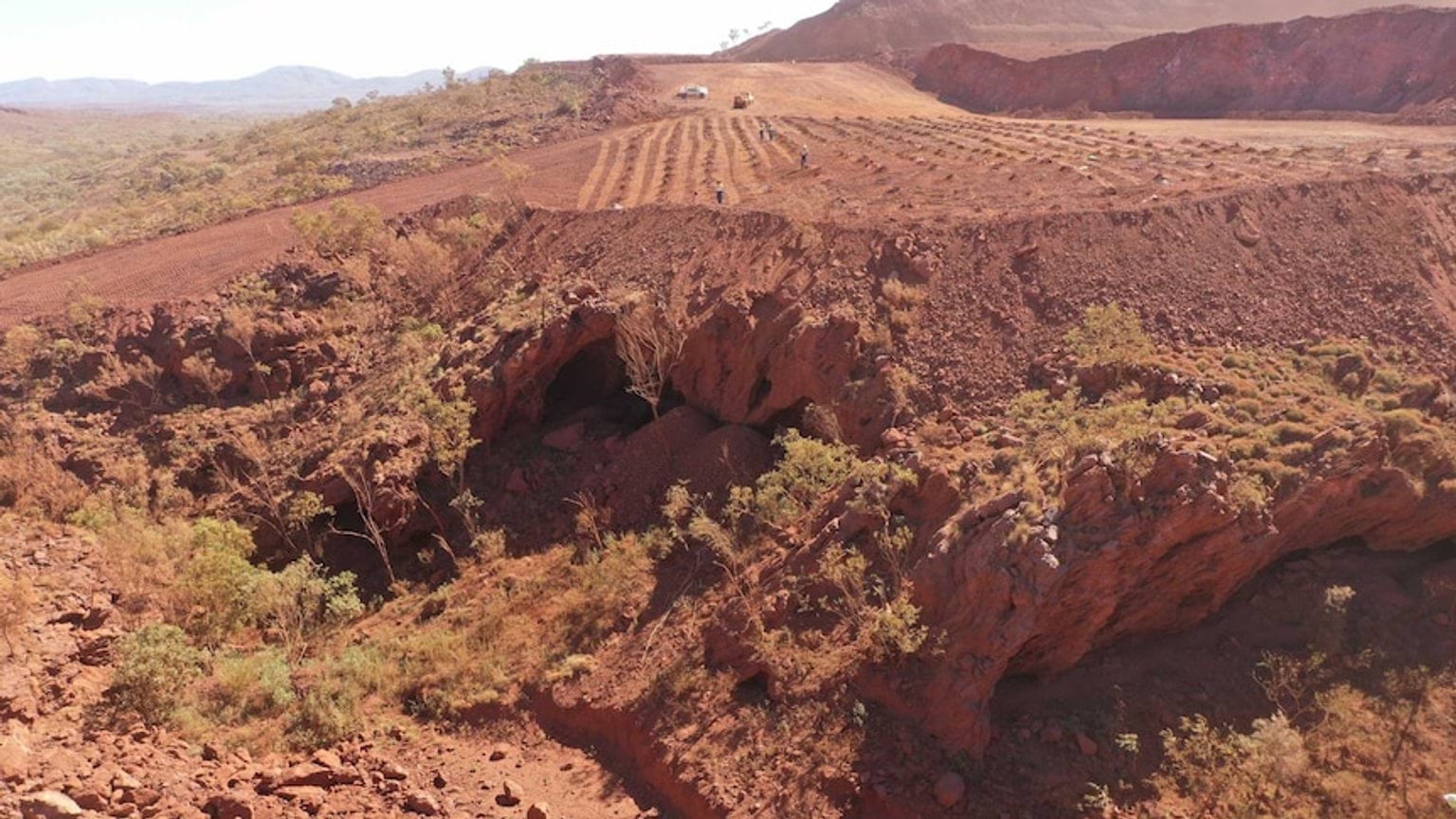- Published:
- Wednesday 20 October 2021 at 3:15 pm

2020 Joint Standing Committee on Northern Australia recommendations for change
Council commends the Committee on considering the complexities of Indigenous Cultural Heritage (ICH) across the country in its review of one, grotesque act of destruction. The Report contains a number of recommendations relevant to a range of issues in management and some very broad indications of a program of reform of existing ICH legislation.
The Report points to the need for a broad place-based understanding of ICH including tangible and intangible components. The artificial distinction between tangible and intangible is contrary to the lived practices of Traditional Owners, supporting a cultural mapping approach to ICH protections and understandings.
Fundamental to any considerations of management, protection, discussion and legislation of ICH is the centrality of self-determination and the principle of Free, Prior and Informed Consent (FPIC) in all decisions affecting ICH.
The Report highlights the urgent need for comprehensive reform of Commonwealth and state/territory ICH legislation through a process of co-design with Traditional Owners. In Victoria, Council has started this work by recommending 24 critical changes to the Aboriginal Heritage Act 2006 (Vic) (AHA) that would ensure Traditional Owners were in control of their Cultural Heritage
Council is pleased that the Report recommends that the Australian government endorse and commit to implementing Dhawura Ngilan: A Vision for Aboriginal and Torres Strait Islander Heritage in Australia (Dhawura Ngilan). The Council authored Best Practice Standards in Indigenous Cultural Heritage management and legislation are critical to the Vision and provide a framework for a national benchmark. It is essential that if we are to implement a national approach to legislated Traditional Ownership of ICH, we have a benchmark and a vision adopted across the Country.
Additionally, in line with Council’s submission to the inquiry, it is pleased at the recommendations for:
- Immediate amendment of Aboriginal and Torres Strait Islander Heritage Protection Act 1984 (Cth) (ATSHIPA) and Environment Protection and Biodiversity Conservation Act 1999 (Cth) (EPBC) to bring ICH aspects under the responsibility of a Minister for Indigenous Australians.
- Ratification of the UNSESCO Convention for the Safeguarding of the Intangible Cultural Heritage 2003.
- Review of the Native Title Act 1993 (Cth) (NTA) with a view to implementing FPIC into any future legislative regime and clarifying the role of Native Title Representative Bodies (NTRBs) and Prescribed Body Corporates (PBCs).
- Establish a fund to support PBCs that is funded by Commonwealth Government and Proponents.
- Development by the Australian Government of a model for Cultural Heritage “Truth Telling” regarding previous Cultural Heritage destruction.
There are many positive aspects of the Report. It will provide a useful resource to support First Nations Peoples in the process of co-design of legislation that is already underway. However, what is proposed appears to permit the unfortunate continuation of states and territories operating under “inadequate” legislation that does not recognise FPIC or self-determination more generally.
Council has often spoken on the importance of legislation acknowledging the self-determined entity structures of formally recognised Traditional Owner groups. The Report acknowledges the role of Traditional Owner groups having status under the NTA and various statutory land rights schemes in this regard. However, the Report inaccurately describes the criteria for the appointment of registered Aboriginal Parties (RAPs) under the Victorian AHA. This inaccuracy seems to be the basis for the suggestion that the proposed National Aboriginal and Torres Strait Islander Heritage Council will apparently also have a function to determine which First Nations representatives have the legitimacy to either make an agreement or commence an appeal.
We should look to the United Nations’ Declaration on the Rights of Indigenous Peoples (UNDRIP) and identify the inclusive and representative groups that speak for all their members without exclusion or prejudice. Let’s respect the work that has been done in Victoria by RAPs to form collective nations that are transparent, democratic and inclusive. If that benchmark is not met, they cannot be said to meet the UNDRIP.
Council looks forward to the ongoing discussion this Report has contributed to.
Background
For over 46,000 years the Puutu Kunti Kurrama and Pinikura (Binigura) Peoples have actively used these caves as a place of significance to their culture and spirituality. In one grotesque act of destruction, Rio Tinto destroyed the site to advance their mining interest on 24 May 2020.
The world responded with horror to such an act of violence to the story of global humanity that the Senate of the Parliament of Australia initiated an inquiry, the results of which were delivered on 18 October 2021.
On Thursday 11 June 2020 the Senate referred the Inquiry into the destruction of 46,000 year old caves at the Juukan Gorge in the Pilbara region of Western Australia to the Joint Standing Committee on Northern Australia to report by 30 September 2020.
The Committee invited submissions addressing any or all of the terms of reference for the inquiry and, in July 2020, Council made a submission to the Inquiry. In it, Council proposed that consideration should be given to the incorporation of protection of ICH as a matter of national “environmental” significance under the EPBC and that the Committee should recommend a broad range of consultations with Traditional Owners and their organisations to explore the detail and support for this proposal. In putting forward this proposal, Council was not suggesting that it will necessarily have unanimous support from all Traditional Owners or their organisations. It does however have broad support and has been the subject of consideration for many years.
In December 2020, the Committee released an interim report, Never Again, and on 17 October 2021, the Committee released its final report, A Way Forward - Final report into the destruction of Indigenous heritage sites.
The Victorian Aboriginal Heritage Council have made 24 recommendations for changes to the Aboriginal Heritage Act 2006 that, if made, would realise the Committee’s key recommendations for best practice national ICH management.
Updated

